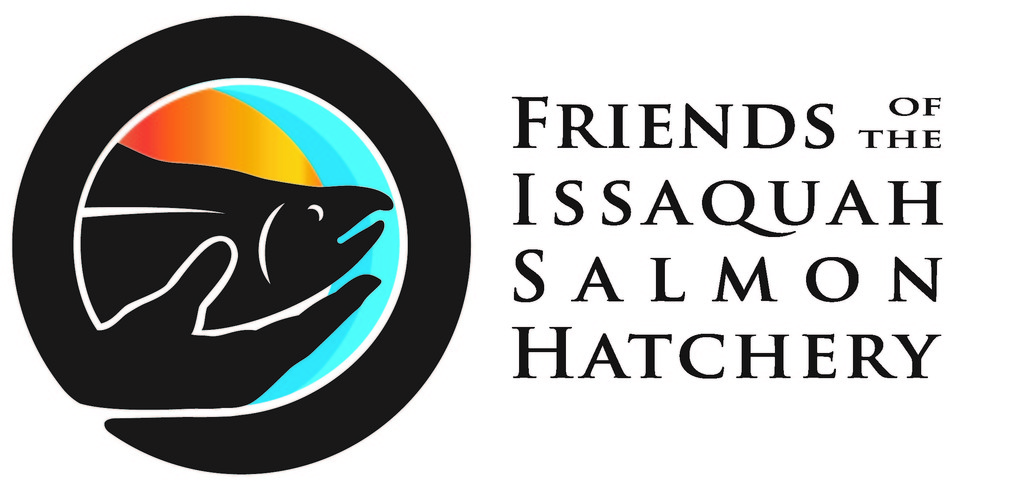Plan Your Visit
Located in downtown Issaquah, the hatchery is open to visitors year-round, every day from dawn until dusk, and features 37 educational exhibits and interactive displays, an aquarium room that shows the salmon life cycle from egg to smolt, a theater room with a short film, native plant garden, a rain garden, fish rearing ponds, fish ladder with underwater windows, and viewing decks with a bridge over Issaquah Creek.
Hours & Information
Admission to the hatchery is free.
Open year-round, every day from dawn to dusk.
Public restrooms, aquarium room and theater room with 8-minute informational film, are open daily from 8:30 a.m.- 4:30 p.m.
Location & Accessibility
125 W. Sunset Way, Issaquah WA 98027
The grounds are entirely ADA accessible. ADA parking spaces are available at the hatchery parking lot on Sunset Way.
Self-Guided Tours
Self-guided tours start at the aquarium room and last about 45-90 minutes.
An audio tour in English, Spanish, Chinese and Japanese is available through your cell phone.
Just click on the QR codes on exhibit displays.
FISH Docent Led Tours
Add to the experience, book a guided tour of the hatchery.
- Tours last 45 minutes.
- We kindly request a $10/ person donation to FISH.
- Tours should be booked at least 2 weeks ahead.
- Please review our tips for an enjoyable and safe visit to the hatchery.
FISHop Gift Shop
Open during the spawning season from October- November for gifts, gear, treasures and souvenirs.
Closed until October, but available by appointment at 425-392-1118.
Dining Options
The Hatchery is located in downtown Issaquah with many terrific cafes, restaurants and shops within walking distance. Learn more at Downtown Issaquah.
Small groups can enjoy picnics at several tables and benches on hatchery grounds. Larger groups will find a covered eating area and picnic tables at Gibson Park, across the street on Newport Way.

What You Will See

REACHING HOME

FISH REARING PONDS

Aquarium Room

STEVE BELL THEATER

Viewing Bridge

FISH LADDER & VIEWING WINDOWS

SALMON MIGRATION ROUTE

CAN YOU BEAT THE ODDS?

NATIVE PLANT GARDEN

Hatchery Artwork

GIVING THEIR ALL

